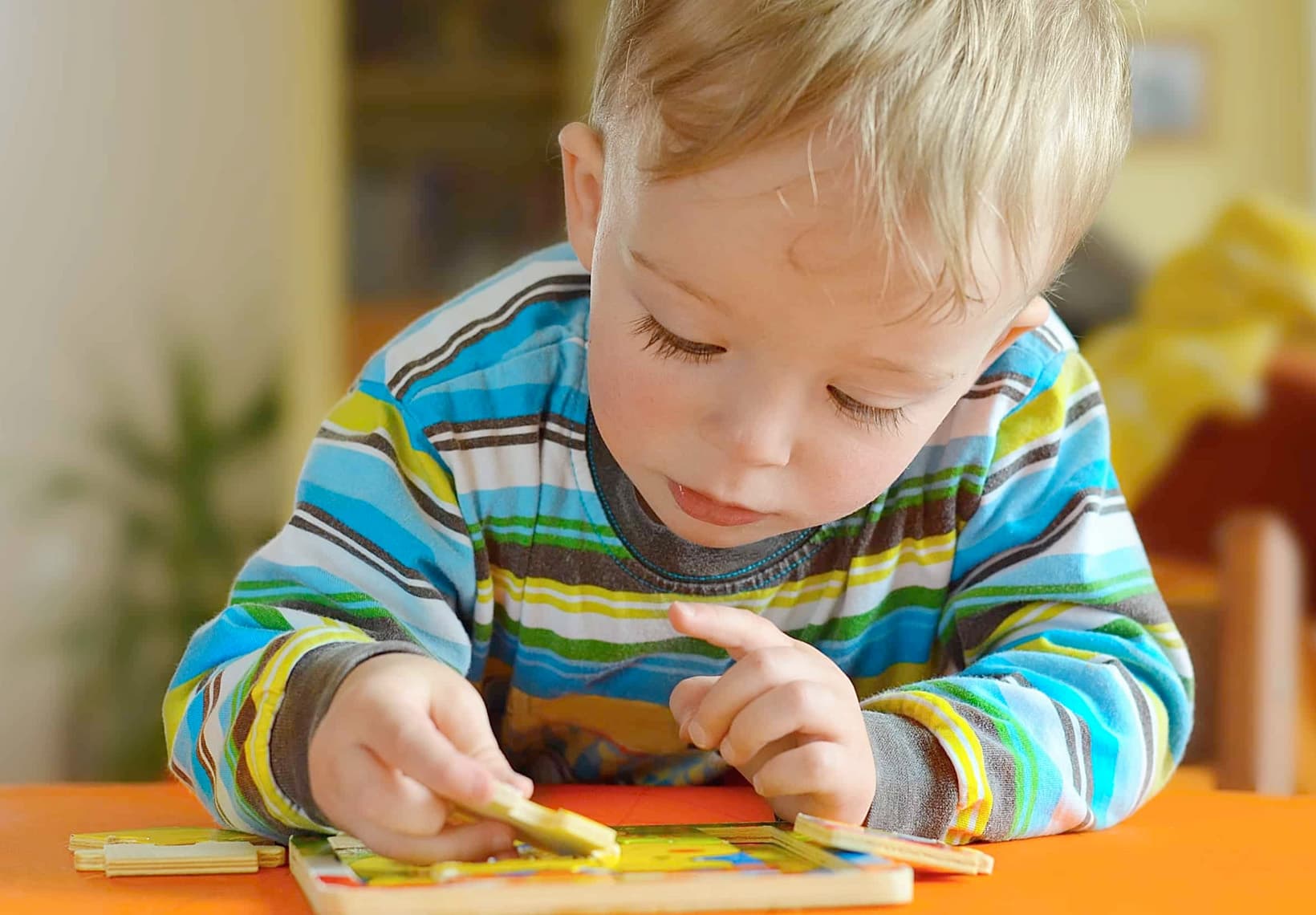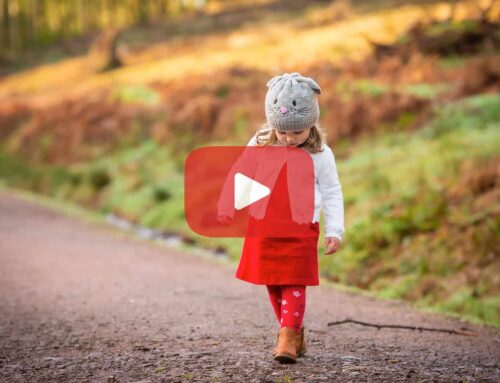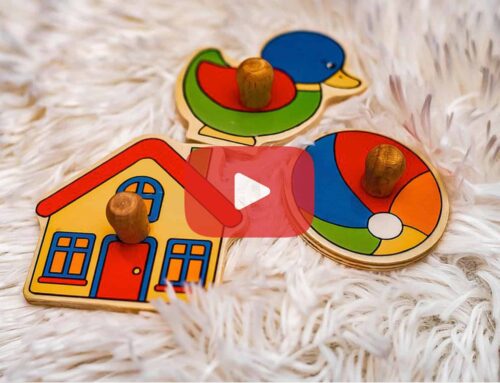Learning how to stand is a game-changing milestone. Now, your child sees the world from an upright position and adapts to a different relationship with gravity. The accelerated ability to interact with the world accompanying this new perspective rests on your child’s ability to develop their innate postural system.
A child’s postural system is a triad of sensory “superpowers” that includes the visual, vestibular, and proprioception systems. When they work in unison, your baby will have the tools to take his exploration to a new level. Let’s focus for a moment on the proprioceptive component of this triad. This is the body’s ability to sense stimuli in relation to the body’s position in space. Proprioception plays a big role in self-regulation, coordination, posture, body awareness, the ability to attend and focus, and even speech. Once walking, a child uses her vision and vestibular systems to put herself into infinite situations that allow her to practice proprioceptive skills and improve eye-hand coordination. Imagine the proprioceptive system as a feedback loop that sends precise information to the brain and provides for appropriate gradation of force for a given task.
How much force and speed do you need to recruit to lift a cup, place a block on another, or apply pressure to use a crayon or tool? Another skill that occupational therapists always look for is the ability to coordinate bilateral hand skills. Using both hands together or in opposition is necessary for functional tasks such as writing, opening and closing containers, pouring water without spillage, and managing a piece of paper while cutting or coloring. In this lecture, we will focus on presenting exercises to help your child develop his postural triad and bilateral hand coordination.
One last important point. Toddlers love to make a mess. After you mutter a word or two under your breath, put on a happy face and realize this is just another way your child is working on his or her developing skills. Toddlers love to explore spatial relationships by dumping things out from containers and sometimes throwing food from the table. Accept the mess and then embrace the clean-up game as a great place to join in play and meet a child where he is. Of course, there are times that a child will throw food to get a rise out of you!! This is a topic for another time.



